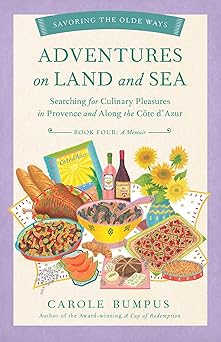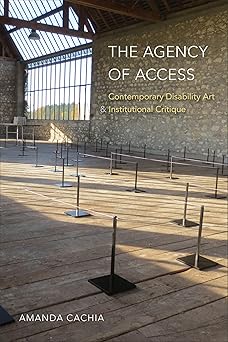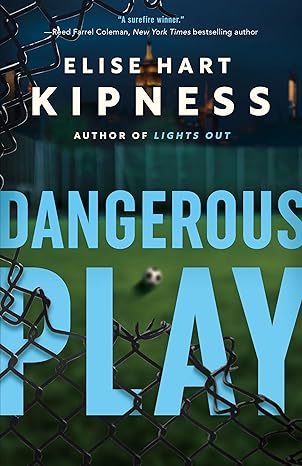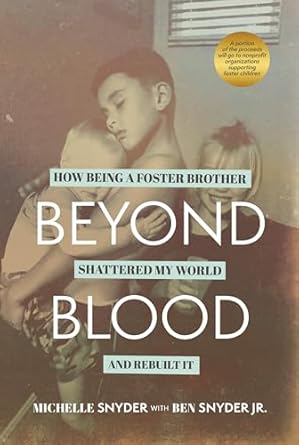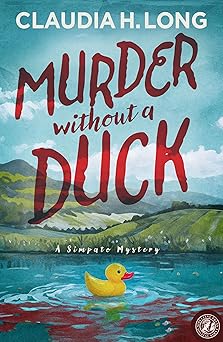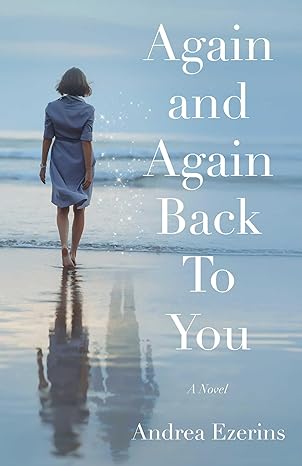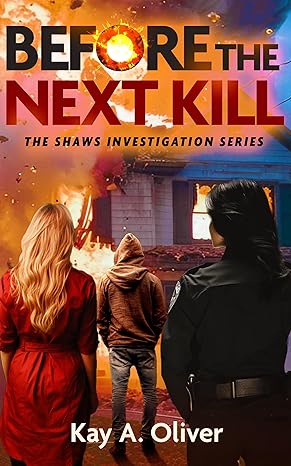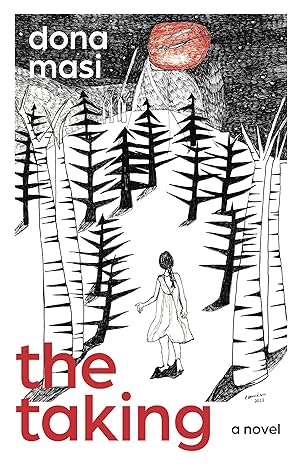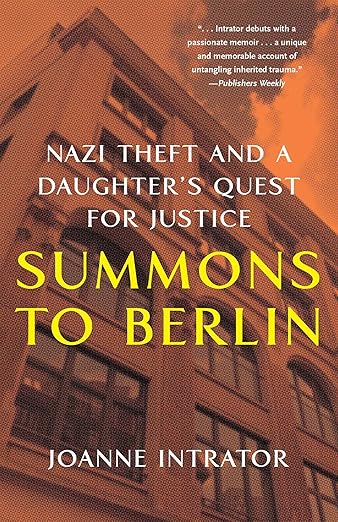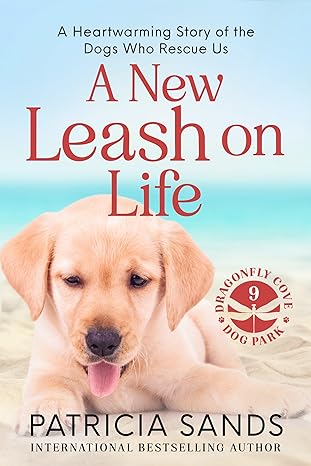My Writing Toolbox
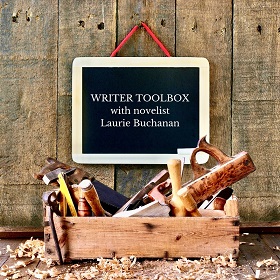 Words, words, words. Writers string them together in a specific order to create stories and draw readers to their work. And if we’re fortunate, we keep them there, turning page after page.
Words, words, words. Writers string them together in a specific order to create stories and draw readers to their work. And if we’re fortunate, we keep them there, turning page after page.
But sometimes, readers stop short. They get in a page or two, maybe even more, and then close the book. Decide to quit. Why didn’t they stay? What went wrong?
That’s hard to say without seeing the work, but experientially I’ve learned that the following writing tools go a long way toward helping me. In turn, they elevate my work which helps to keep readers engaged:
TOOL #1 — DEDICATED WRITING SPACE
It’s not large, but it’s mine. Having my own space works on the Pavlov’s Dogs principle—when I enter it, something happens in my brain that tells me it’s time to let go of everything else and write.
TOOL #2 — SCHEDULE WRITING TIME
I schedule writing time in my planner just like I do for appointments with other professionals—doctors, dentists, stylists, or therapists.
Consistency is my best friend. So I schedule the same days and window of time each week. That way, I count on it. And it’s an excellent way for my family and friends to become familiar with my schedule too.
Honoring my writing appointments is easier if I keep the length of time realistic. For me, that’s four hours a day. I don’t write until I’m drained, and my writing is weak. I stop while I’m ahead and jot down ideas for the next day’s writing session.
TOOL #3 — PRIME THE PUMP
“Primers” vary by individual. What works for one writer may not work for another. I discovered that walking unleashes my creativity. With that in mind, I walk before I write, at the midway point, and after I wrap up for the day.
TOOL #4 — CONCISION IS A WRITER’S BEST FRIEND
At the beginning of each writing day, I print what I wrote the previous day and sit with the pages and a red pen. This does two things. It reminds me of where I left off. And it allows me to right-size the work. Like a scalpel, I use the red pen to remove the fat and pare it down to make it stronger without losing the meaning. If it can be said better with fewer words, I change it.
TOOL #5 — AUTHENTICITY
Crime fiction books are only as good as they are authentic. So my research is intense, and I additionally consult with experts. Some of my information has come from a detective in the Major Crime Unit of the Idaho State Police, a DNA specialist at the Idaho State Police Crime Lab, a forensic pathologist, and a real-life private investigator.
I also invest monthly hours at a shooting range with a Ruger GP 100.
TOOL #6 — QUALITY vs. QUANTITY
Many writers work toward a daily word count goal, but we’re all different. I aim for quality over quantity.
TOOL #7 — EDITING
It’s by no means the be-all-end-all, but my first line of defense is an online editing tool. But the buck doesn’t stop there. I hire a copy editor to wade through it when I complete a manuscript. Her job is to correct grammar, sentence structure, resolve inconsistencies, and anything else that might be amiss so that I can deliver the most polished manuscript possible to my publisher.
TOOL #8 — LISTEN TO MY WRITING
My husband reads my writing to me. That way, I can hear mistakes or tongue-twisting sentences and can the problem.
TOOL #9 — MY SECRET WEAPON
I have a writing coach. She’s been my writing mentor for almost a decade. I hire her to not only tell me what’s right but, more importantly, what’s wrong. Her feedback is respectful, honest, and objective. It’s well worth the investment.
TOOL #10 — READ
The best writers are people who read. I read inside and outside of my genre. And I read a lot! Stephen King said, “If you don’t have time to read, you don’t have the time—or the tools—to write. Simple as that.”
I’m always happy when a reader chooses my work. But I’m elated when they come back for more. The writing tools I shared with you from my writer’s toolbox help to make that happen.
—
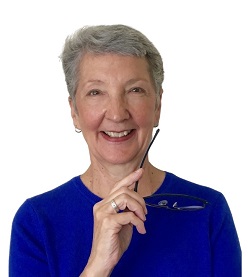 Laurie Buchanan writes the Sean McPherson novels—fast-paced thrillers set in the Pacific Northwest that feature a trifecta of malice and the pursuit and cost of justice. A cross between Dr. Dolittle, Nanny McPhee, and a type-A Buddhist, Buchanan is an active listener, observer of details, payer of attention, reader and writer of books, kindness enthusiast, and red licorice aficionado.
Laurie Buchanan writes the Sean McPherson novels—fast-paced thrillers set in the Pacific Northwest that feature a trifecta of malice and the pursuit and cost of justice. A cross between Dr. Dolittle, Nanny McPhee, and a type-A Buddhist, Buchanan is an active listener, observer of details, payer of attention, reader and writer of books, kindness enthusiast, and red licorice aficionado.
Her books have won multiple awards, including the Foreword INDIES Book of the Year Gold Winner, the International Book Award Gold Winner, the National Indie Excellence Awards Winner, the Crime Fiction/Suspense Eric Hoffer Awards Finalist, PenCraft Award for Literary Excellence, and CIBA Clue Book Award Finalist.
Laurie and her husband live in the Pacific Northwest, where she enjoys long walks, bicycling, camping, and photography—because sometimes the best word choice is a picture.
—
ICONOCLAST
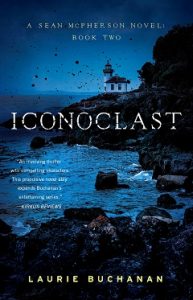 Burdened by the pressing weight of survivor’s guilt, Sean McPherson, an ex-cop, is desperate for redemption. At Pines & Quill, a writer’s retreat in the Pacific Northwest, he and his fiancée, Emma Benton, are planning their lives together. He wants to go back into law enforcement. She plans to walk again.
Burdened by the pressing weight of survivor’s guilt, Sean McPherson, an ex-cop, is desperate for redemption. At Pines & Quill, a writer’s retreat in the Pacific Northwest, he and his fiancée, Emma Benton, are planning their lives together. He wants to go back into law enforcement. She plans to walk again.Georgio “The Bull” Gambino, head of a Seattle-based crime family, has a long reach. Like cockroaches, his minions infiltrate even the most inaccessible of places to do his bidding. With Seattle to the south, the Canadian border a stone’s throw to the north, and Bellingham Bay—a gateway to the Pacific Ocean—immediately to the west, Bellingham is the ideal location for the Gambino crime family to traffic drugs, weapons, and humans. But McPherson’s in Gambino’s way, which means he must be eliminated.
The writers in residence at Pines & Quill include an Afghanistan War veteran, a professional photographer, a civil rights attorney, and a gourmet chef. But McPherson suspects that there’s more going on than the joy of creating plot twists. Is one of them conspiring murder outside the pages of their manuscript?
Category: How To and Tips






